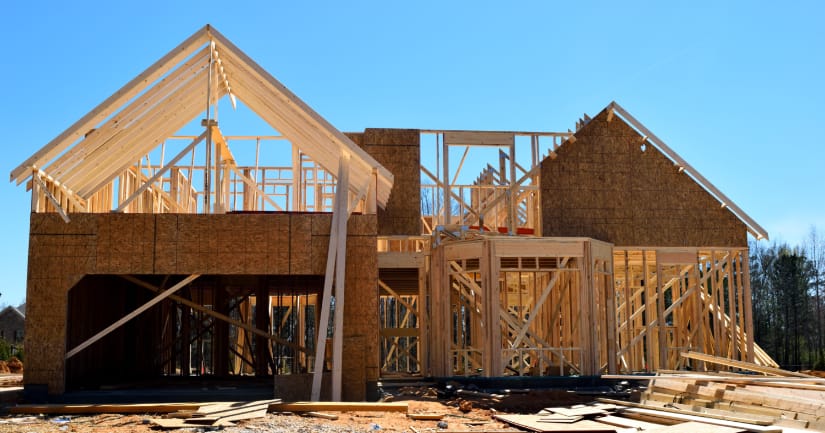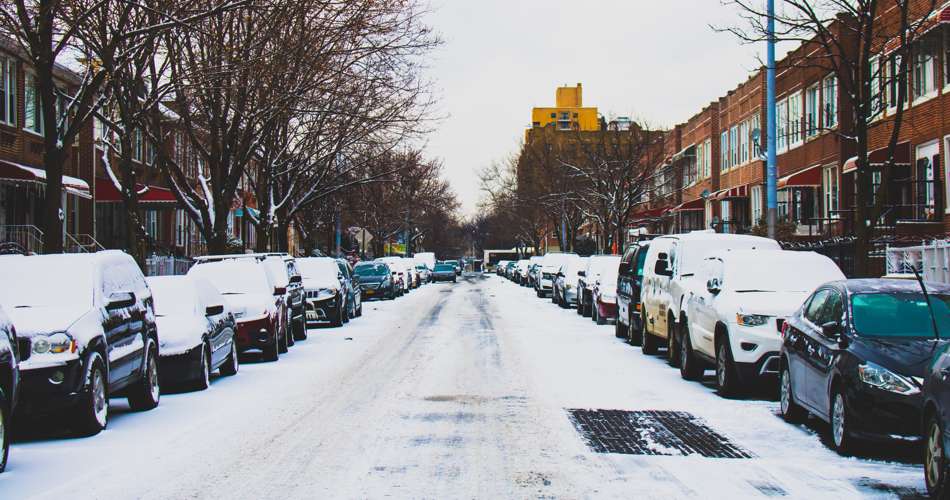Yes, a home warranty and the insurance policy for your home are both meant to protect homeowners from possible issues in and around their home. However, there are some major differences between home warranty and homeowners insurance that you should know about.
In this article, we’re highlighting the main differences between these two when it comes to your home so you can understand a) what’s covered and b) why they’re both important to have.
WHAT IS HOMEOWNERS INSURANCE?
In short, homeowners insurance is a type of property insurance meant to protect you from damages or overall losses in and around your home (as well as the home itself). For example, flood, fire, weather-related damages, and theft are all things that can be covered by insurance.
What’s more, this type of insurance may also provide you with liability coverage – protecting you in the event of an accident in your home or on your property – someone falling and hurting themselves on your front stairs or sidewalk, for instance.
Like car insurance, home insurance is mandatory for your mortgage, but you have some choice regarding what type of coverage you prefer. Some owners opt for basic coverage, while others prefer something more comprehensive.
Your insurance broker will be able to help you determine which is best for you and go through the specific areas you want to be covered.

Details of Coverage
As mentioned, there are options. Here are the basic details when it comes to homeowners insurance coverage:
- No-Frills – This type of coverage is best for homeowners on a tight budget and typically applies to older homes that are more likely to have problems. While this will provide the owner with some protection, there are exclusions. For example, the insurance company may pay for repairs on your home, but you won’t receive a per diem for food or lodging.
- Named Perils or Basic – Basic coverage applies to specific damages only as outlined in your policy. For example, you may be covered for flood and fire, but not covered in the event of theft or hail damage.
- Comprehensive – While comprehensive insurance may cost a little more than other options, it guarantees your home, and everything in it, will be covered (unless there are some items specifically excluded).
- Broad – If basic insurance doesn’t provide the coverage you’re looking for but comprehensive is more than you’re willing to spend, broad coverage provides a mid-range option. In addition to providing coverage for the home itself, it will also cover certain items within.
These are the most common types of coverage for homeowners insurance. If you live in a condo, there’s a special kind of policy available to protect your unit. It’s important to note as well that uninsured perils (predictable events) and optional coverage for things like earthquakes and sewer backup aren’t normally included in home insurance policies. Think about where you live and what could happen. It’s better to be safe than sorry!
WHAT IS A HOME WARRANTY?
While homeowner’s insurance covers potential accidents or damages to the home or property, a home warranty covers specific elements of the home itself. Warranty is mandatory for all new builds in Alberta and protects new buyers from builder-related defects.
This is an added benefit of buying a new build home because it’s included in the cost and will give you peace of mind.

Details of Coverage
Now let’s discuss the details of a home warranty if it applies to you.
- Year One – Materials and Labour Defects: For the first year, the builder is required to repair any defects relating to the materials used. This includes items like flooring, trim, and fixtures, for example.
- Year Two – Mechanical/Distribution Systems: Two years of coverage for systems related to heating, electrical, and plumbing.
- Year Five – Building Envelope: Considered the “shell” of the home, the envelope refers to the exterior and includes roofing, framing, and cladding.
- Year Ten – Structure: This refers to your home’s structural elements and any material or labour-related defects resulting in the failure of load-bearing parts. Owners will enjoy this coverage for a full ten years after their possession date.
WHAT ARE THE MAJOR DIFFERENCES?
Here’s a quick reference list that breaks down the key differences between a home warranty and homeowners insurance:
Homeowners Insurance
- Problems are directed to the insurance company.
- Required for both new and resale homes.
- Can be paid monthly, annually or otherwise depending on the insurer and your preferences.
- Will need to be renewed based on the terms of your agreement
Warranty
- Problems are directed to the home builder.
- Warranty comes with every new home – no additional payments are required.
- Coverages expire over the course of time.
- The builder is not liable for home-related accidents, fires, floods, etc. (unless they were a result of material or labour defects).
As we mentioned, both home insurance and a home warranty will afford you some well-deserved peace of mind.
Now that you know the main differences between a home warranty and homeowners insurance, you know what’s covered when you’re ready to buy a home. From there, you’ll be able to add extra insurance coverage for what you need. Be sure to go through both your insurance and warranty documents thoroughly so you’re familiar with your policies and know what to expect in the unlikely event of a problem.
Originally published Nov 27, 2017; updated Jan 24, 2023








0 Comments